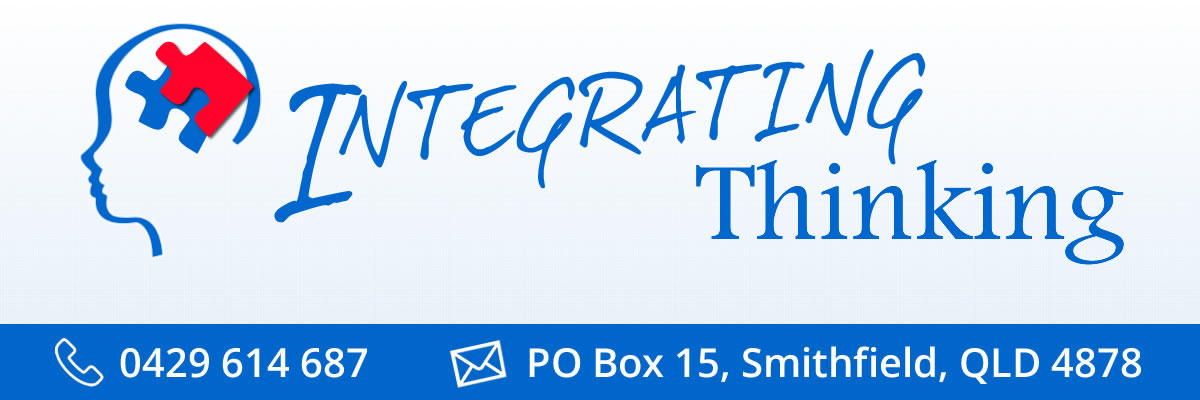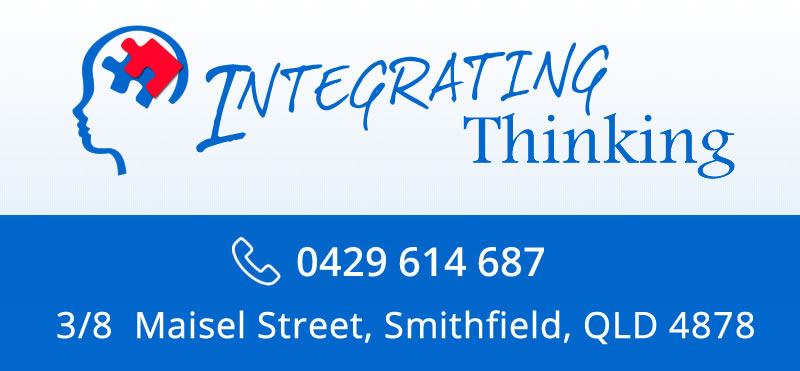Learning to Read: It’s Complicated!
I was the child who could read a word on one page but could NOT read it on the next page. I know it frustrated my mother incredibly. ? (In fact, my father often jokes that I was lucky to survive the treacherous task of learning to read because it was so frustrating, infuriating in fact, for those who were helping me learn!)
Do you know a child like that? Yes? Well then, please be patient. Here’s why:
Reading is a highly complex task; cognitively AND physiologically.
Reading Requires Mature Body Systems:

Successful reading requires mature body systems that support reading. It requires more than just concentration and paying attention to the story we are reading, in fact, those processes come later when we can actually read. Let me explain a little bit about what I mean.
To read well we need well-developed ocular-motor skills, accurate and consistent visual perception, and the ability to match visual symbols and letter combinations with sounds. We also need to make meaning out of those squiggles and symbols and their combinations on the page (letters, words, sentences). That involves other processes and brain functions including some cognitive (thinking) activities. Once we have mastered those activities, then we can start to become fluent in identifying and interpreting script on a page to make meaning in our head (comprehension) and learn from the text on the page.
Sounds like…
Sometimes reading can be confusing because the same letters and letter combinations sound different when they are in another word eg. “ou” sometimes sounds like “ooo” (in ‘you’) and sometimes it sounds like “ow” (in ‘sound’). We need to learn to identify those differences and when and where they happen in language. [Phonetics of English isn’t the easiest to learn because of these sorts of quirks and characteristics of how we represent sounds in written form. (Phonetics is basically the study of speech sounds, their production and combinations, and how we represent those with written symbols.) And, that’s why “sounding out words” can sometimes be frustrating and tricky for a new reader.]
Looks like…
If our eyes aren’t consistently working well together a “b” on one page may look like a “d” on another. That changes things for a new reader!
Sometimes our eyes aren’t actually pointing at the same word or letter and that sends different messages to the brain which is also confusing. Sometimes it seems like the words may be moving or “swimming” on the page. There are many visual distortions that can happen. A child isn’t usually aware that others who can read don’t see the page the way they do! Sometimes different fonts can confuse children’s ability to identify letters and their corresponding sounds. Have you ever had trouble reading cursive (running writing), but no problems reading print? Letters can look different in different fonts, yet they are the same letter. How does a child learn that “t” and “t” are the same, or that “g” and “g” are the same? They don’t look the same!
It’s not about intelligence.
When a child has difficulties reading (like I did), it is not a reflection of their intelligence. It is more likely a reflection of something going wrong in the reading process.
We aren’t born with a fully mature body system that is capable of undertaking the complex task of reading. We learn to read and train our body to discern and understand the characteristics of our language in written form. It’s complex.
Initially, our body needs to develop the foundational skills and processes to support us in our reading, writing and learning tasks. That takes time. It requires developmental movement sequences and opportunities that most of us experience in our first 3 – 5 years of life. It requires opportunity and it may require support if it isn’t mature by the time we are at school.
Supporting the reading body:
If a child/student struggles with reading, it’s worth asking a professional who understands the physiology of learning, developmental patterns, and the complexity of reading for some advice. The child/student may need some support because, if their body isn’t fully supporting the reading and learning process, it may actually be interfering with the reading and learning process. In that case, the body can be helped to support the learning and reading processes.
Success in our school system requires success in reading and writing. We need to understand how the body helps support those tasks, because learning doesn’t just happen in the brain. It happens in and through our body.
If you want to learn more about this perspective on learning and how the body helps support and tell the story of our learning bodies, you can sign up for updates and information through our email list: integratingthinking.com.au/learnmore.

Christine Payard (PhD) is the Director of Integrating Thinking ® and the founder of the Body to Brain Learning ® Series. An educator, researcher, author and presenter, Christine has studied extensively in the area of literacy, learning, teaching and ways the body supports the learning process. She is an Educator with a neuro-developmental focus. She can be contacted by email: admin@integratingthinking.com.au
#body_to_brain_learning #integratingthinking #reading #learning #neuromotorimmaturity #bodystories #primitivereflexes #vision #visualprocessing #vision #inpp #inppaustralia



